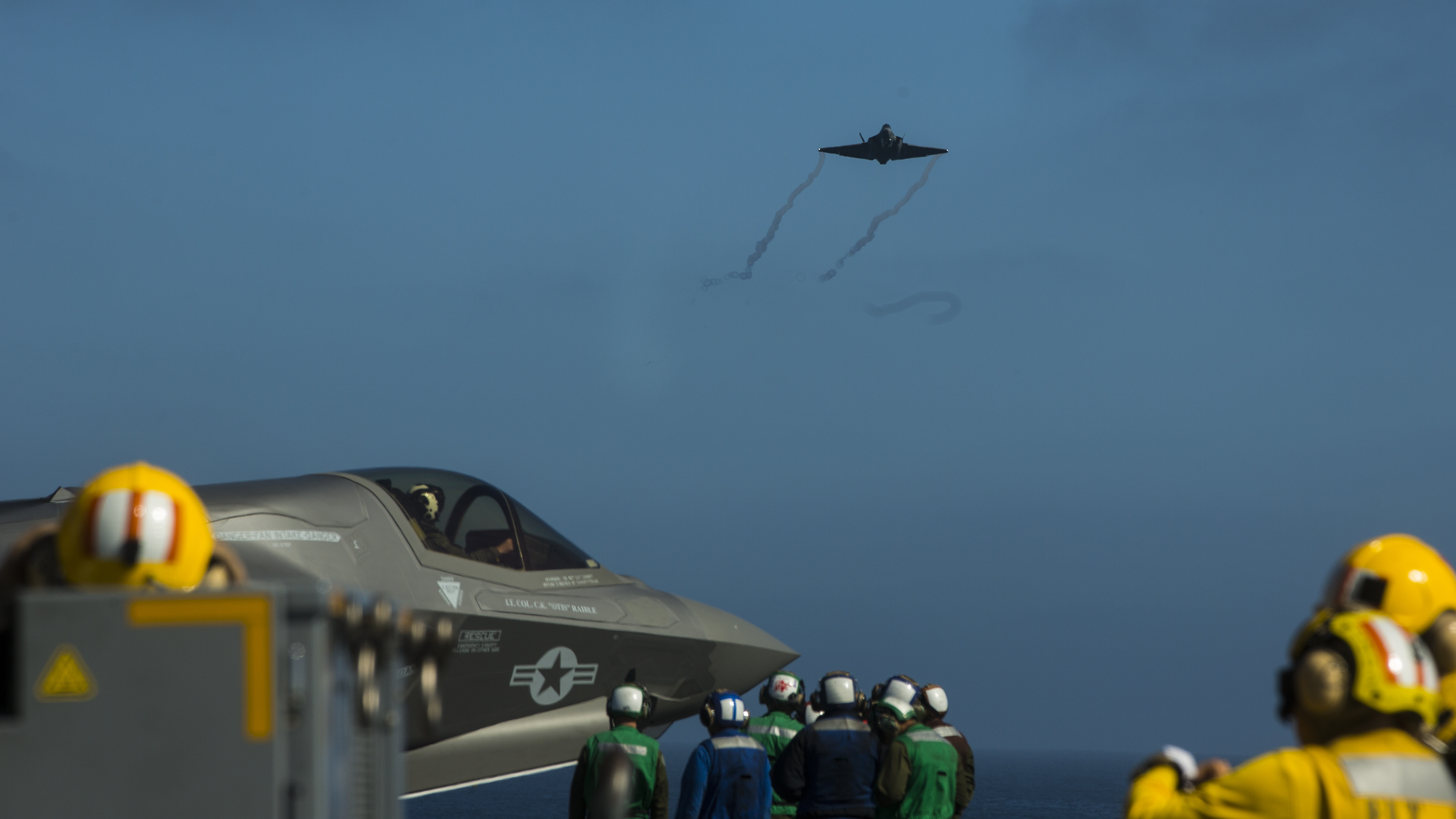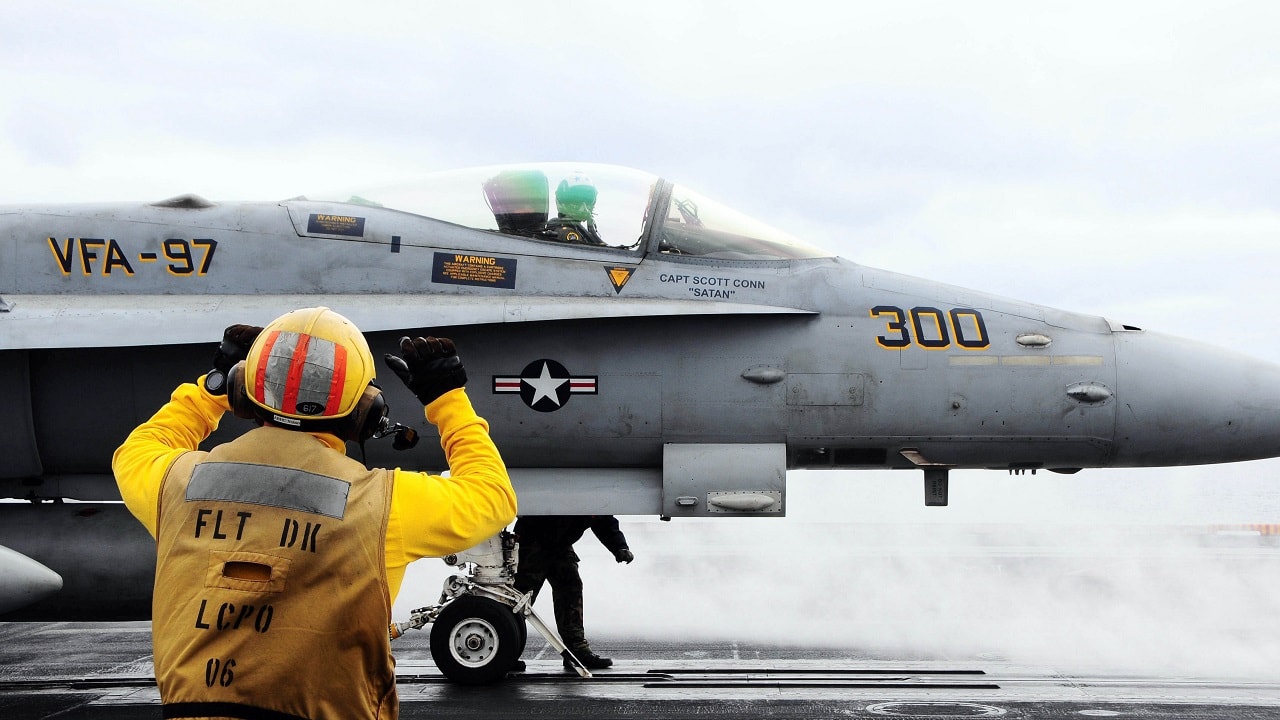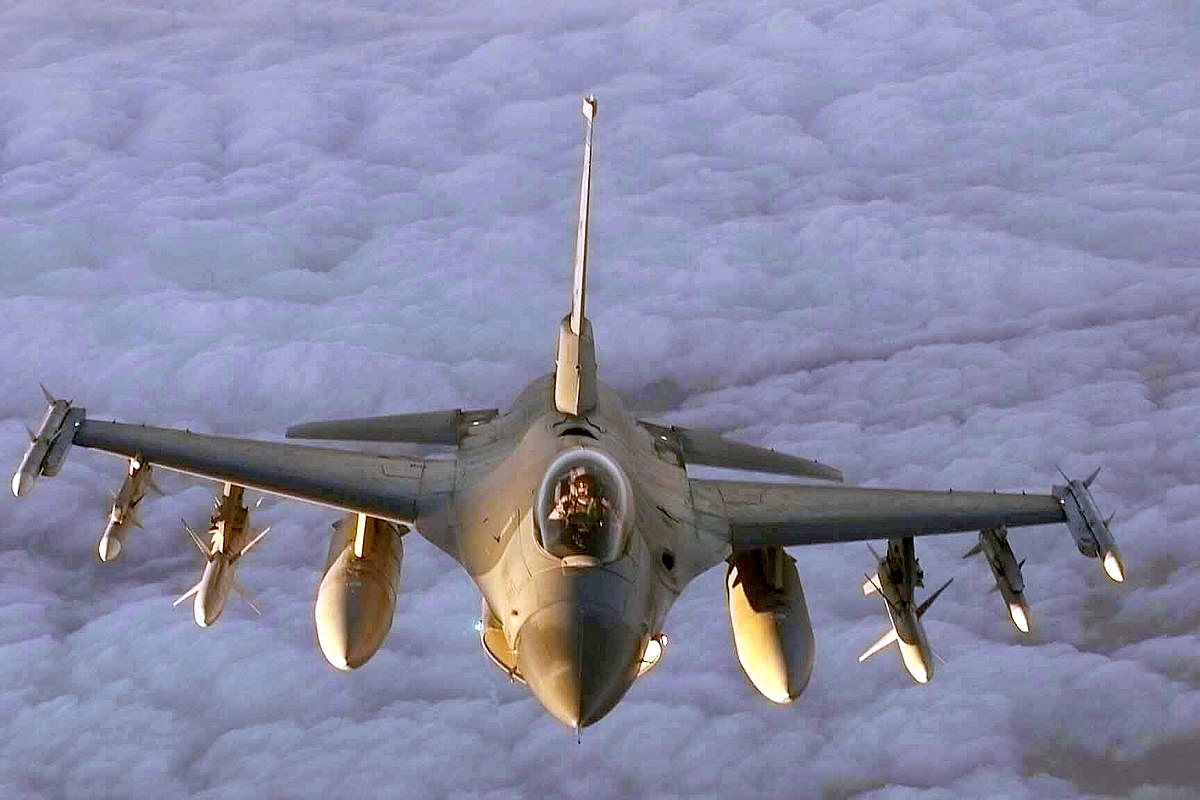Current Us Navy Aircraft - These smaller, lighter surface combatants were designed by the Navy for missions in the littorals, or near the shore. The class was built in two distinct variants: the monohull Freedom class, built by Lockheed Martin, and the trimaran Independence class, built by a General Dynamics consortium.
The ships are designed to be customized for three distinct mission sets: surface warfare; anti-submarine warfare; and mine countermeasures. The Navy groups its Arleigh Burke destroyers into flights based on the upgrades they've received. Flight I consists of ships with the original design;
Current Us Navy Aircraft

Flight II improvements include the added capability to launch the SM-2 Block IV extended-range missile. Flight IIA ships include additional helicopter hangars and a longer MK 45 gun. Radar system upgrades have also been a key part of the destroyers' evolution.
This unique class of stealthy megadestroyer has an innovative hull design that enables it to appear as a small fishing boat on radar, despite its massive size. It's roughly 40% larger than an Arleigh Burke-class destroyer, with a length of 610 feet and a displacement of nearly 16,000 tons.
The amphibious ships of the America Expeditionary Strike Group (ESG) are USS America (LHA-6), USS Green Bay (LPD-20) and USS Ashland (LSD-48). Elements of the 31st Marine Expeditionary Unit (MEU) are embarked. The ESG departed on Jan.
14 from Sasebo, Japan, for a patrol in the Western Pacific. Capt. P. Scott Miller, the commanding officer for the Vinson, said in a statement on the deployment that "no other weapons system has the responsiveness, endurance, multi-dimensional might, inherent battlespace awareness, or command and control capabilities of a nuclear-powered
aircraft carrier and its embarked air wing." These are the approximate positions of the U.S. Navy's deployed carrier strike groups and amphibious ready groups throughout the world as of Feb. 27, 2023, based on Navy and public data.
In cases where a CSG or ARG is conducting disaggregated operations, the chart reflects the location of the capital ship. Read More → These are the approximate positions of the U.S. Navy's deployed carrier strike groups and amphibious ready groups throughout the world as of Dec.

29, 2022, based on Navy and public data. In cases where a CSG or ARG is conducting disaggregated operations, the chart reflects the location of the capital ship. Read More → The Essex Expeditionary Strike Group (ARG) with the embarked 11th Marine Expeditionary Unit deployed Aug.
12. Commandant of the Marine Corps, General David Berger, welcomed the ARG home from deployment when the ARG made a port call in Hawaii. The Essex ARG is now underway again en route homeport in California.
These are the approximate positions of the U.S. Navy's deployed carrier strike groups and amphibious ready groups throughout the world as of Jan. 23, 2023, based on Navy and public data. In cases where a CSG or ARG is conducting disaggregated operations, the chart reflects the location of the capital ship.
Read More → The 30-year shipbuilding plan released by the Navy in 2020 has the service reaching a fleet of 355 ships by 2049. It expects to build its active ship total to 305 by the end of 2021. The Navy is also pursuing a number of unmanned ships
platforms, large and small. These will not count towards its 355-ship goal, however. The F-35C achieved initial operational capability in February 2019, when the Naval Air Forces commander announced that "the F-35C is ready for operations, ready for combat, and ready to win," calling the aircraft an "incredible weapon system" that
"significantly enhances the capability of the joint force." The aircraft carrier USS Carl Vinson departed San Diego carrying the Navy's first F-35C Lightning II Joint Strike Fighter squadron, the "Argonauts" of Strike Fighter Squadron 147. The deployment is a first for the carrier-based variant of the fifth-generation stealth
fighter. Although its hulking size and dramatic geometry are eye-catching, the ship has been plagued by cost overruns and design challenges that left it without a clear use for the Navy. Only three ships of the class are now planned, down from an initial 32, and only one is in service: the USS Zumwalt.

Despite this impressive power on the seas, leaders continue to have concerns about how many ships are in the U.S. Navy inventory, warning that competing maritime powers such as China are growing in naval strength and may soon have ocean dominance.
In addition to these major formations, not shown are others serving in submarines, individual surface ships, aircraft squadrons, SEALs, Special Purpose Marine Air-Ground Task Forces, Seabees, Coast Guard cutters, EOD Mobile Units, and more serving throughout the globe.
But delays in developing mission packages, critiques of the ships' sturdiness and survivability and breakdowns have all plagued the LCS. The first four ships, commissioned beginning in 2008, are already set to be decommissioned in 2021. They were previously sidelined as designated "test ships" to support mission module development.
The LCS production run will ultimately be cut short as Constellation-class frigates enter production. "Employees from Puget Sound Naval Shipyard & Intermediate Maintenance Facility and Norfolk Naval Shipyard, along with the ship's force and contractors, are working together in Japan to complete maintenance on the aircraft carrier," according to a Navy statement.
The Harry S. Truman Carrier Strike Group (CSG) is back in the Ionian Sea and under NATO command. The CSG departed for its deployment on Dec. 1. Along with the U.S. ships, Royal Norwegian Navy frigate HNoMS Fridtjof Nansen (F310) joined the strike group under the Cooperative Deployment Program.
Defense Secretary Lloyd Austin ordered the strike group to remain in the Mediterranean Sea, rather than travel to the U.S. Central Command, USNI News reported in December. This destroyer class entered service in 1991 and, with production continuing, is the Navy's longest-running class in production.
Its main mission sets include anti-air, anti-submarine and anti-surface warfare. Those missions are supported with armaments including the Standard Missile (SM-2MR); Vertical Launch Anti-Submarine Rocket missiles; Tomahawks; six MK-46 torpedoes; Close In Weapon System (CIWS); MK 45 five-inch gun;

and Evolved Sea Sparrow missile. Russian warships have deployed in a formation to the theater; however, additional guided-missile destroyers – each with 90 vertical launcher cells each – have deployed and are in the Mediterranean Sea.
These five Aegis DDGs and one guided-missile cruiser were built to counter the type of surface-surface anti-ship cruise missile threat currently presented by the Russian cruisers in the theater. Each of these Russian cruisers has 16 SSN-12 missiles.
The six U.S. Navy DDGs and the cruiser San Jacinto carry hundreds of surface-to-air missiles and can control 16 missiles in the air simultaneously to counter multiple targets out to 256 nautical miles. This small class of amphibious ship has been in service since 1995 and is designed to maximize cargo space.
They feature a well deck that can fit two LCACs and a deck at the back for helicopter launches and landings. The four ships in the class went through a modernization period completed in 2014. USS Ronald Reagan (CVN-76) is in port in Yokosuka, Japan, conducting its annual winter maintenance availability.
The carrier began a four-month selected restricted availability in Yokosuka on Jan. 13, following a five-month deployment in the Middle East and the Pacific. Capt. Tommy Locke, the air-wing commander, said in a Navy press statement that the mixture of fourth- and fifth-generation fighter jets provided "unprecedented lethality and survivability" and ensured "the Navy team can operate and win in contested battlespace now and well
into the future." Aviation Structural Mechanic 2nd Class Ryan Shewmaker, from Lawton, Oklahoma, conducts a magnetic particle inspection aboard the Nimitz-class aircraft carrier USS Harry S. Truman (CVN-75) on Feb. 22, 2022. The Harry S. Truman Carrier Strike Group is on a scheduled deployment in the U.S.
Sixth Fleet area of operations in support of U.S., allied and partner interests in Europe and Africa. (U.S. Navy Mass Communication Specialist 3rd Class Elexia Morelos) Seaman Oscar Ruvio, left, from Los Angeles, and Seaman Michael Blanchard, right, from Panama City Beach, Fla., wait to be signaled by the landing signalman enlisted (LSE) on the flight deck of the Arleigh Burke-class guided-missile destroyer

USS Spruance (DDG-111) on Feb. 23, 2022. US Navy Photo The U.S. Navy may not have the most ships of any country's fleet, but it is well established as the greatest power on the world's seas.
The Navy owns 11 of the world's 43 active aircraft carriers -- and that doesn't count its nearly two dozen flat-decked amphibious ships that might well be considered carriers in their own right. These are the approximate positions of the U.S.
Navy's deployed carrier strike groups and amphibious ready groups throughout the world as of Jan. 3, 2023, based on Navy and public data. In cases where a CSG or ARG is conducting disaggregated operations, the chart reflects the location of the capital ship.
Read More → These are the approximate positions of the U.S. Navy's deployed carrier strike groups and amphibious ready groups throughout the world as of Jan. 30, 2023, based on Navy and public data. In cases where a CSG or ARG is conducting disaggregated operations, the chart reflects the location of the capital ship.
Read More → This post and map have been updated to include two more ships that were underway on Thursday. These are the approximate positions of the U.S. Navy's deployed carrier strike groups and amphibious ready groups throughout the world as of Feb.
24, 2022, based on Navy and public data. In cases where a CSG or ARG is conducting disaggregated operations, the chart reflects the location of the capital ship. Unlike the Air Force's F-35A and the Marine Corps' F-35B, the latter of which is better-suited to fighting from amphibious assault ships, the C variant is designed to operate aboard US Navy carriers.
This jet can carry more fuel and is built for catapult launches and fly-in arrests. The ARG is comprised of three ships: landing helicopter dock USS Essex (LHD-2), amphibious transport dock USS Portland (LPD-27) and amphibious dock landing ship USS Pearl Harbor (LSD-52).

Together the 11th MEU, Amphibious Squadron (PHIBRON) 1 and ships are designated as an ARG/MEU. In addition to the ships, the main Navy elements of the ARG are a Naval Beach Group element, a Tactical Air Control Squadron element, a fleet surgical team and a helicopter sea combat squadron element.
Sonar Technician (Surface) 2nd Class Dashae King connects a sound-powered telephone to a stowage location on the fo'c'sle before a replenishment-at-sea with Supply-class fast combat support ship USNS Supply (T-AOE-6) aboard Arleigh Burke-class guided-missile destroyer USS Jason Dunham (DDG-109) on Feb.
19, 2022. US Navy Photo This class of ships has been in commission since 2006. Smaller than amphibious assault ships, amphibious transport docks feature a short flight deck at the back with room for two V-22 Ospreys to launch or land.
They're designed to be highly networked and adaptable to emerging platforms and military operations. An F-35C Lightning II, assigned to the 'Black Knights' of Marine Fighter Attack Squadron (VMFA) 314, launches from the flight deck of the Nimitz-class aircraft carrier USS Abraham Lincoln (CVN-72) on Feb.
22, 2022. US Navy Photo These are the approximate positions of the U.S. Navy's deployed carrier strike groups and amphibious ready groups throughout the world as of Feb. 21, 2023, based on Navy and public data.
In cases where a CSG or ARG is conducting disaggregated operations, the chart reflects the location of the capital ship. Read More →
us naval aircraft, naval aircraft, current us fighter jets, list of us jet fighters